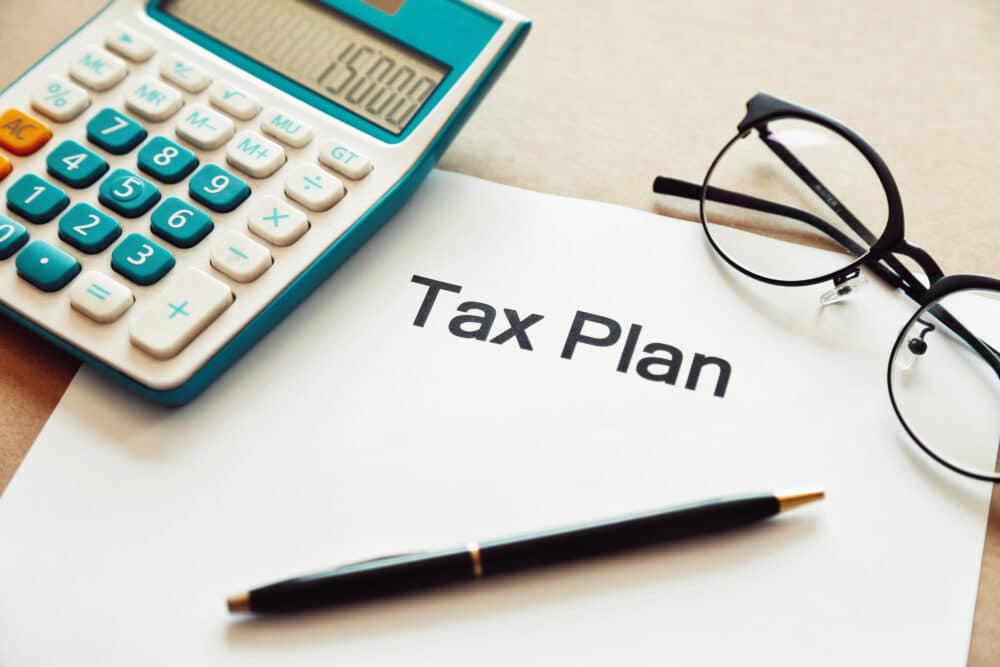
Payment Plan for Taxes
I did my taxes! Honestly, I wasn’t sure if I was going to be able to complete them before the deadline this year. I even looked into filing an extension. However, I decided to just carve out the time and get it done. I’m relieved that I finished them. However, I owe more money this year than I expected. Therefore, I had to figure out how to work out a payment plan with the IRS. It turns out that there are several options.
How I Usually Pay My Taxes
I’m self-employed. Therefore, I usually pay quarterly taxes. Then when tax time comes, I either get a refund or owe very little. In recent years, I actually didn’t do my quarterly taxes. However, due to decreased income, I didn’t owe very much either. I was able to pay what I owed at the time that I filed my taxes.
I file my taxes using the Turbo Tax software system. Many other programs exist but I’ve used this one for so long that. just stick with it. They have all of my old information stored in there for me. This simplifies at least a little bit of the process.
Each year, I have to pay for the software fee to file my taxes. That costs about $150. I charge that to a credit card. Then I usually also charge a credit card to pay for my taxes. In ideal years, I’m able to pay it off right away. Therefore, I can get the cash back for the expense without accruing interest.
IRS Tax Payment Options
This year, I owe almost $4000. I hadn’t anticipated that kind of cost. So, I don’t have it set aside.
Luckily, the IRS seems to make the process pretty easy by offering a variety of different payment options. I considered putting it all on a credit card. However, I won’t be able to pay it off quickly, so I chose a payment plan with the IRS instead.
Option 1: Pay Within 180 Days
The first option is to pay in full within 180 days. If you choose this option, you don’t pay any set-up fees. You can pay through automatic debit payments. Alternatively, you can manually pay with check, money order, debit card, or credit card. If you pay with a card, however, then you’re charged extra fees.
Although you don’t pay a setup fee, you do pay late fees on your taxes. If you don’t pay the full amount by tax day, then you pay interest as well as penalties.
Option 2: Long-Term Payment Plan
Unfortunately, I don’t expect to have enough money to pay the full $4000 in less than 180 days. Therefore, I had to choose a long-term payment plan. With this system, you select the amount of time required to pay off the loan, up to 5 years.
You select whether you want to pay through automatic debit withdrawals or not. If you choose to do so, your set-up fee is lower. It’s only $31. If you don’t, then it’s about $100 more. I did choose the automatic withdrawals. I selected a one year repayment plan, so I’ll pay $300 per month. This isn’t ideal. However, the process was fairly straightforward. Now I just need to plan better for next year!



